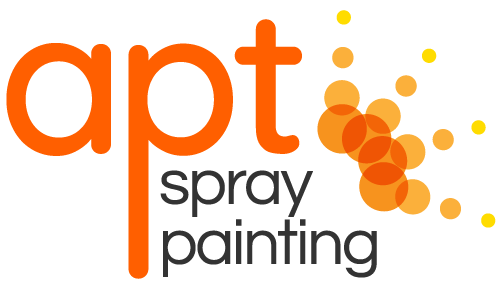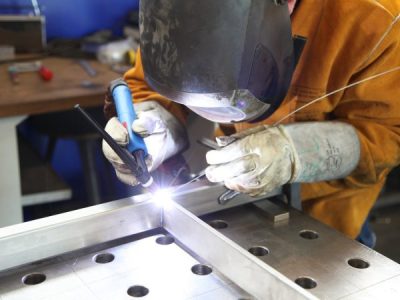Samuel Finley Breese Morse, described by biographer Carleton Mabee as the “American Leonardo”, is arguably most famous for his achievements in developing the telegraph and inventing the code of his namesake, Morse Code. It may come as a surprise to learn that Morse was a not only highly celebrated inventor, but a well-renowned painter too.
Early Life & Artistry
Morse developed his interest in electricity during his time at Yale University. In his spare time, he enjoyed painting portraits. A year after graduating and working as a clerk for a book publisher, Morse embarked on exploring his true passion; painting. Venturing to Europe, Morse studied art in London and Paris, where he honed his skills in portrait painting.
His artistic works served as Morse’s personal communications tool; with his works often representing his religious and political views. He became known as one of the early republic’s finest painters, managing to win various distinctions, including painting distinguished figures James Monroe and Marquis de Lafayette.
An early adopter of daguerreotype photography, Morse even trained America’s first generation of photographers, including Matthew Brady, famous for his photographs of the Civil War.
Despite Morse’s various accolades, he struggled financially as an artist. Ultimately, Morse gave up on his aspirations as an artist during the 1830s, when he was not selected to paint one of the interior panels of the United States Capitol dome. So, he turned back to his earlier interest: electricity.

The Telegraph
Samual Morse first developed his idea for the telegraph on a sea voyage in 1832, travelling back to the US from Europe. He started discussing the potential of using electromagnetism as a communications solution, during a time where messages took weeks or months to deliver.
He speculated that using electromagnetism could empower society with the ability to send instant signals through a wire over great distances. Upon his arrival in the US, Morse began work on creating a prototype for his single-wire telegraph.
While Morse encountered significant competition in creating a working telegraph prototype, with the help of Leonard Gale, a professor at New York University, he managed to advance his prototype to send information up to 10 miles away.
Following many years of unsuccessful financial and government support for his telegraph design, Morse managed to deploy his system between two Capital rooms in Washington D.C. In 1844, to illustrate the efficiency of his invention, Morse sent a historic message from the old supreme court chamber in the US Capitol to his assistant in Baltimore:
“What hath God wrought.”
This moment in history is largely considered as the moment the telegraph system began its global expansion.

Morse Code
Realising the fatal flaw of Morse’s telegraph system; that it only transmitted electrical pulses, Morse released the need for a new means of communicating information through a telegraph that was not based purely on language. He developed the famous Morse code; a code that could translate electrical pulses into the original message. Eventually, these pulses would be likened to dots and dashes.
Strategic considerations were made when determining how to assign patterns to particular letters. Morse and Vail assigned the shortest codes to the most used letters, while the least used letters assigned the longest codes.
Samuel Morse has been solidified in history as a pioneer for advancing modern communications. While the telegraph may now be obsolete, it represented the start of the instant communication our society has become accustomed to. Now, we can instantly send all kinds of information, from texts, to blogs and even art, anywhere.
Modern developments like Morse code are the progressions that eventuate into the technologies we use in our day to day lives and while it may not be a piece you hang on your wall, at APT we consider spray painting one of these evolutionary revolutions. Our spray painting solutions can be the final touch you need to make your business truly a work of art. Contact us today to find out how our spray painting services can help you.




